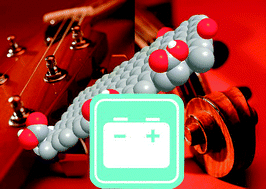Electrochemical tuning of oxygen-containing groups on graphene oxides: towards control of the performance for the analysis of biomarkers
Abstract
Graphene materials are very popular in the field of biosensing owing to their distinctive characteristics. However, oxygen-containing groups are known to exist intrinsically in graphene-related materials. These groups influence the electrochemical properties of graphene materials and therefore affect the sensing performance of graphene-based electrodes when used to detect redox active biomarkers. A well-defined carbon/oxygen (C/O) ratio can be obtained upon applying different reduction potentials to graphene oxide (GO) films for a controlled removal of redox active oxygen functionalities. Here, we show that a precise control of the oxygen functionalities on the graphene oxide films allows the tuning of the biosensing capabilities of the electrodes for the analysis of two significant biomarkers, uric acid and ascorbic acid, as well as two DNA bases, guanine and adenine. Both the catalytic properties and the sensitivity of the reduced GO film electrodes (ERGOs) are evaluated by measuring the oxidation potential and the peak current, respectively. We demonstrate that each biomarker requires different optimal conditions which can be easily matched by varying the electrochemical pre-treatment of the sensing GO film.


 Please wait while we load your content...
Please wait while we load your content...